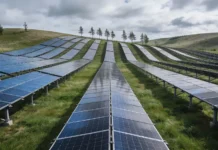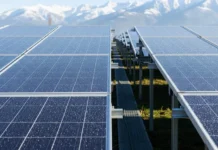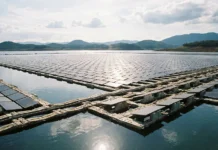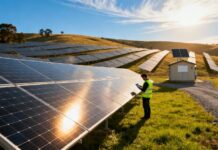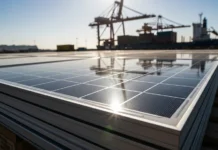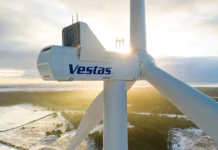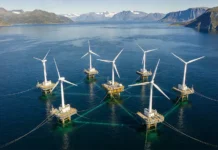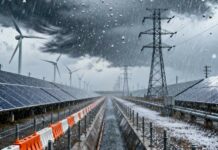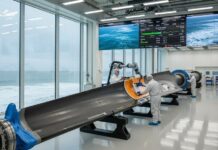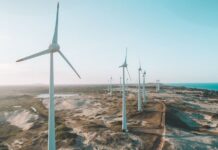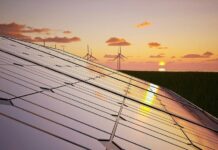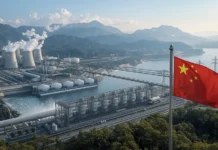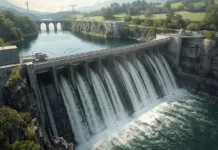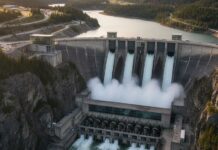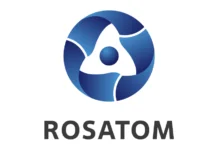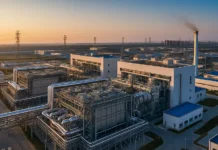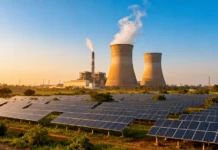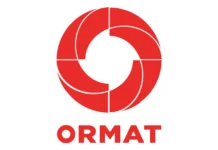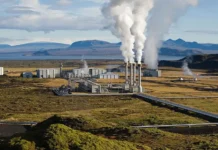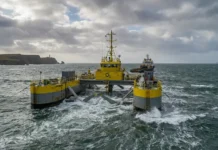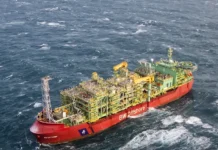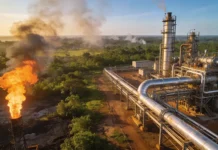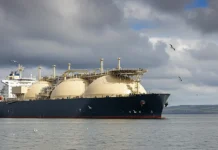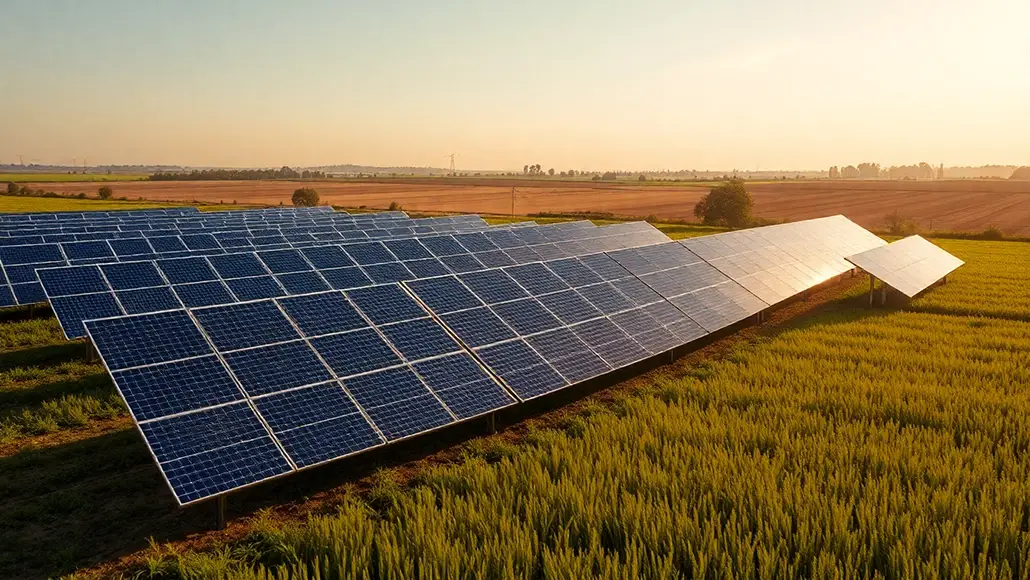Vattenfall has officially commissioned the TĂĽtzpatz solar park in the Mecklenburg lake district, establishing the largest agri-photovoltaic installation in Germany. Covering 93 hectares, the site demonstrates how farmland can be used simultaneously for renewable power generation and agricultural activity, setting a precedent for large-scale dual-use projects in the country.
The TĂĽtzpatz solar park is equipped with 146,000 photovoltaic panels that together deliver a capacity of 76 megawatt-peak (MWp). All electricity generated will be supplied to Deutsche Telekom under a ten-year Power Purchase Agreement (PPA). This is a long-term agreement that gives the operator’s network secure renewable energy while ensuring Vattenfall has steady revenues over the term of the agreement. The output, according to published figures, is sufficient to power around 4,600 of Deutsche Telekom’s mobile stations.
To ensure farming continues alongside power production, the solar park has been divided into three operational areas. Poultry farming and cereal cultivation are carried out beneath and between rows of solar panels, enabling farm work to continue uninterrupted. By integrating the production of power into farmland rather than displacing farmland, the project minimizes the need for additional land and shows how farming and renewable generation can complement each other in the real world.
For Vattenfall, the commissioning of the TĂĽtzpatz solar park represents a landmark in agri-photovoltaic development on an industrial level. Previous experiments had been confined to smaller test sites.Â
“This project represents genuine pioneering work. We want to demonstrate that farming and energy generation can complement each other perfectly,” said Claus Wattendrup, Head of Solar at Vattenfall.


